So you're ready to look into translation solutions to support your business operations but researching the topic always seems to end with information overload... followed by a myriad of questions.
How can I be sure that this tool is the right one for my team? Is this subscription plan sufficient? Am I better off with a free plan? This feature seems cool - should I have it?
Out of all the best translation software tools of 2021, how can people pick out the right one for their business confidently?
With that in mind, I wrote this article to highlight the 5 fundamental questions you should always consider first when choosing a translation tool. Better yet, get your team involved in answering these questions!
Overview
- 6 Questions to Ask When Choosing a Translation Software
- A Practical and Downloadable List
- Is Redokun the right translation software for you?
6 Questions to Ask When Choosing a Translation Software
1. Do I need desktop or cloud-based translation software?
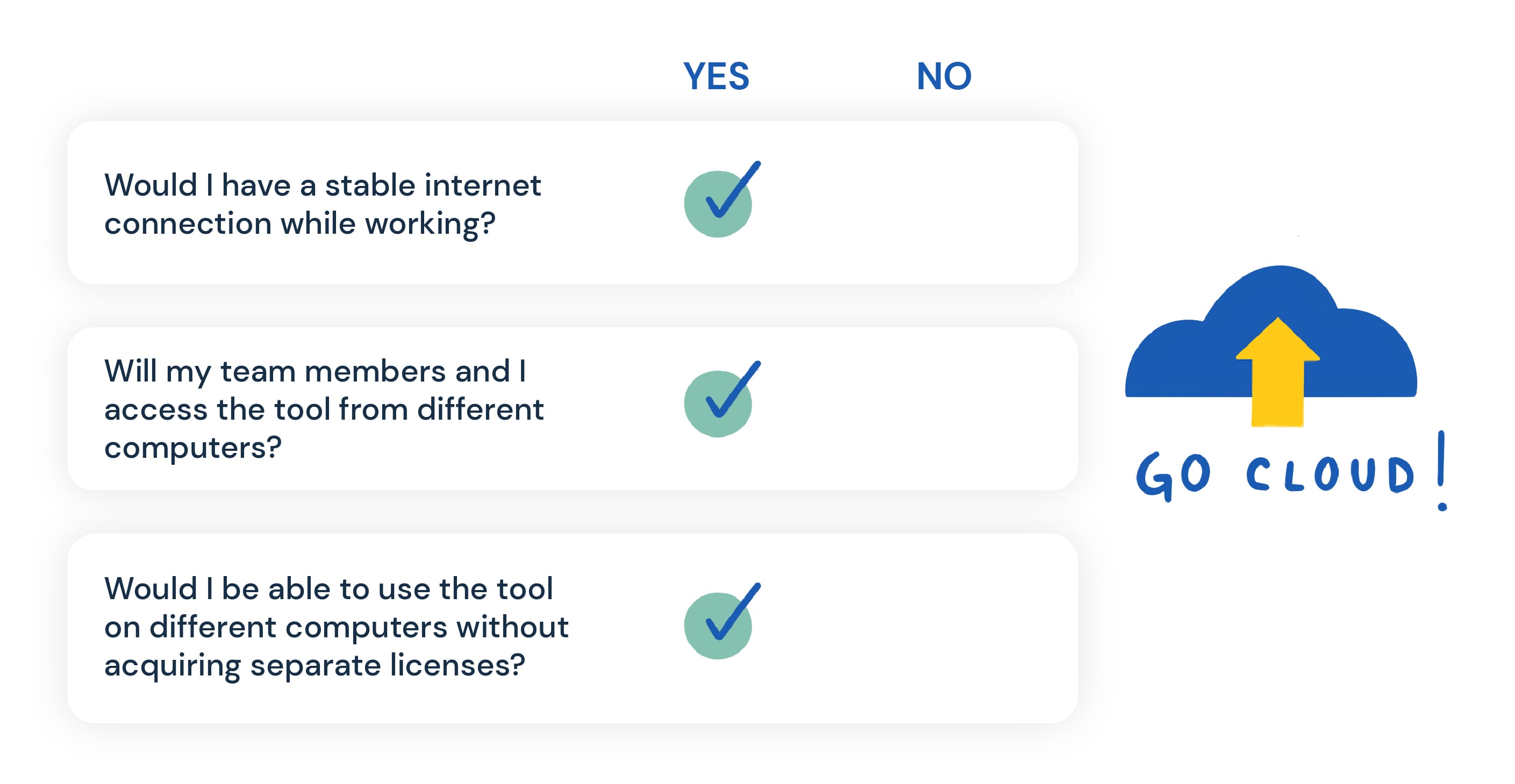
Cloud-based translation software is accessed online through a web browser like Chrome or Firefox. You can use them on any computer and even collaborate remotely with others on translations. Since they are web-based, you can also enjoy regular upgrades and bug fixes by the developer (usually at no extra cost).
On the other hand, desktop translation software must be downloaded and installed on your computer. While most would not require an Internet connection to be functional, you need to free up space on your computer for the installation. This also means that you can’t seamlessly switch between different devices to manage your projects.
The Bottom Line:
When choosing between translation tools for PC and cloud-based translation software, you need to consider:
- Would I have a stable internet connection while working?
- Will my team members and I access the tool from different computers?
- Would I be able to use the tool on different computers without acquiring separate licenses?
If your answers are “yes”, go cloud! To learn more about the pros and cons of offline versus online translation software, check out this article we've also written.
2. Which translation software plan is sufficient for my workflow?
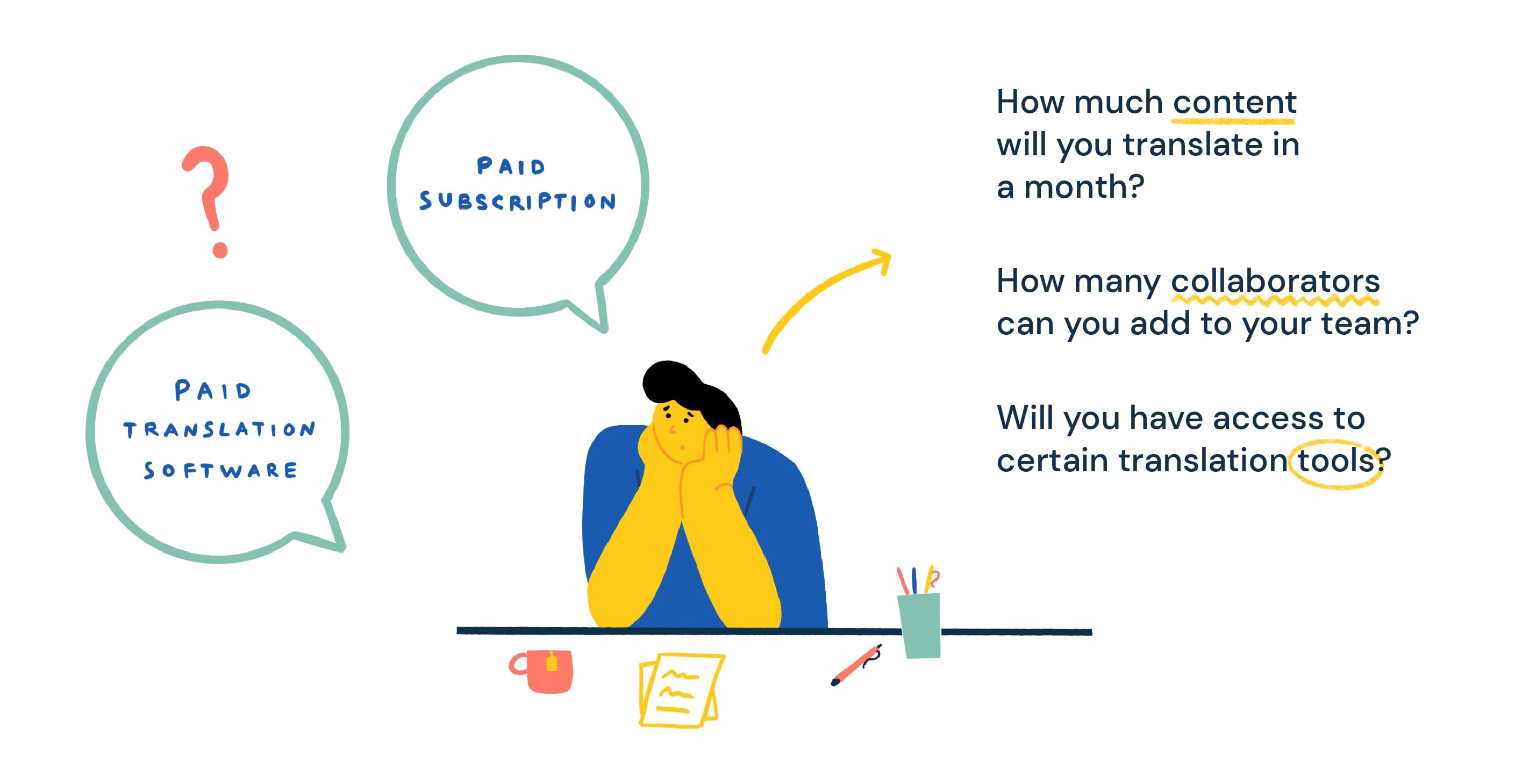
Free translation software almost always come with strings attached. Want an ad-free workspace? Or translate more than 5 pages a month? Or even just to save your files securely? Those will likely cost extra.
Hence, businesses usually opt for paid translation software where all the essentials and extras are bundled under a single price, which is more cost-effective in the long run. Additionally, their workspace won’t get bombarded with messages asking them to “upgrade” something.
With paid subscriptions, the challenge now is to find a plan that's neither more nor less than what you need. Otherwise, you would be underutilizing your resources or paying extra for last-minute add-ons.
The Bottom Line:
We can usually differentiate subscription tiers based on:
- how much content you will translate in a month (measured either by number of words or pages)
- how many users/collaborators you can add to your team
- whether you will have access to certain translation tools (more on this later)
You could narrow down your options by looking at your existing input and output, as well as the number of key collaborators involved in projects.
If your project workflow is highly flexible, which makes future usage more difficult to anticipate, try to avoid per-seat licenses in case you need to bring additional collaborators on board.
3. Is the translation software easy to use?

The right translation software should help you allocate your time and resources more efficiently. If it’s not easy to use, you and your team would need to undergo intensive software training, which… surprise surprise... takes time and money.
Some translation software tools are packed with features, whereas others focus more on perfecting the user experience. The reason for this variation is simple: different people, different needs.
Here's a more detailed explanation of translation software features.
The Bottom Line:
Feature-packed tools normally cater to those who are deeply involved in the translation trade and thus have a greater need for specific optimization tools. For example, professional translators or agencies.
Businesses that simply translate to market a product or service could usually do with a much simpler translation software tool to enhance the productivity of their daily operations.
Luckily, you can try out most online translation software for free to see whether your team can adjust to the interface comfortably. In fact, we also offer a free trial if you're interested.
4. How will translations be done?
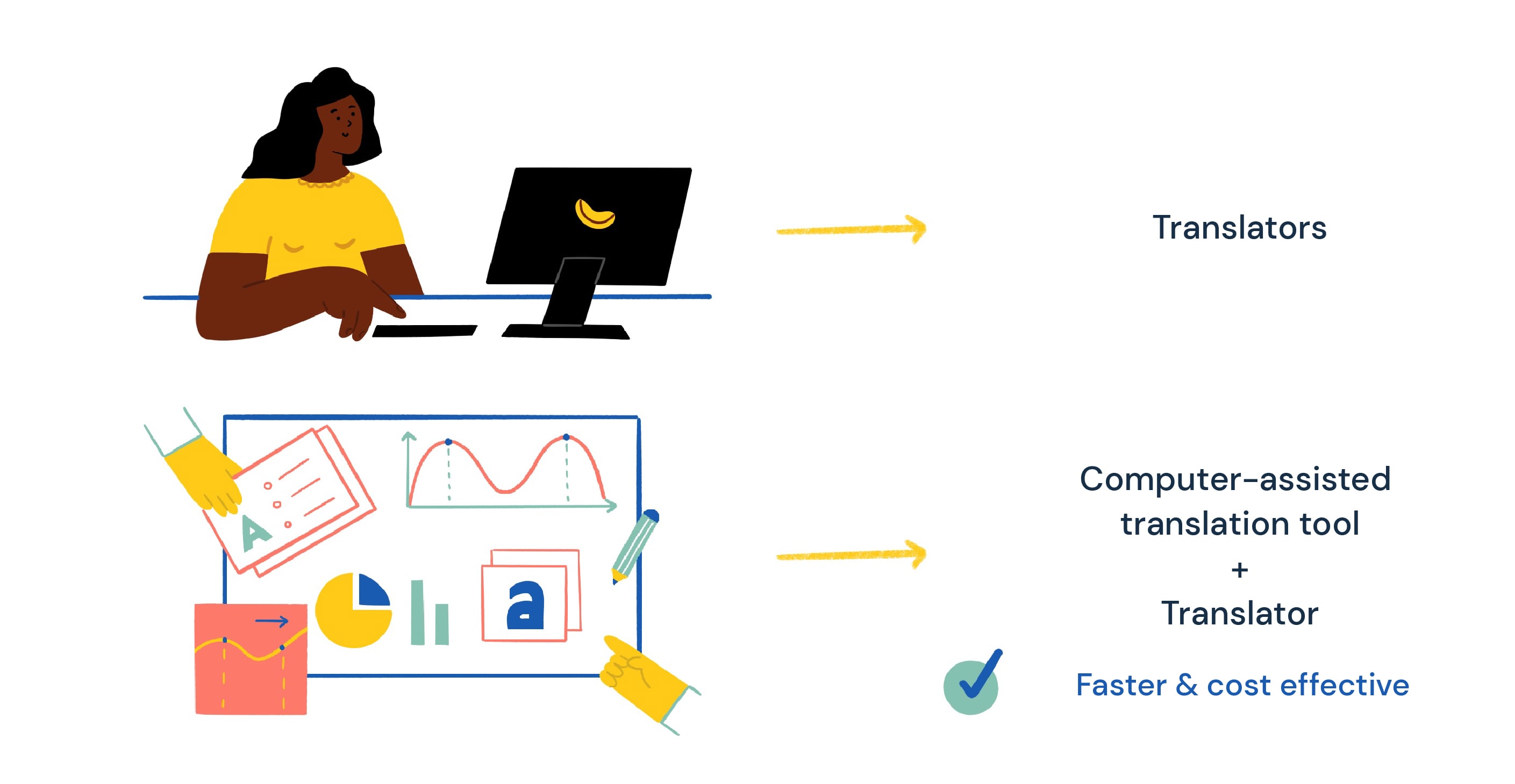
Consider the people who will be translating your content and what their process would be. Here are two possible scenarios:
- You could get a translator, either in-house or outsourced, to translate most of your content from scratch; or
- You could automatically translate a document first using machine translators like DeepL or other databases, and then have a final person review the output.
The second scenario involves computer-assisted translation (CAT), which is not the same as using Google translations as your final output.
Instead, it refers to how a person may use technology to speed up their own translation process. The two most common examples of CAT features are:
- Translation Memories, which is a database that enables you to find and reuse past translations of repetitive content
- Machine Translation, where artificial intelligence generates a translation to be treated as a draft.
The Bottom Line:
Using computer-assisted translations tools is faster and more cost-effective than translating a document from nothing. Thus, you might not want to miss out on these features when choosing a suitable translation software subscription, particularly the two I mentioned above.
Companies that do not have an in-house translator usually outsource to translation service providers like TextMaster. When they find the right candidate, they can invite them to start working on the project using specific translation software.
5. What type of content will I be translating?
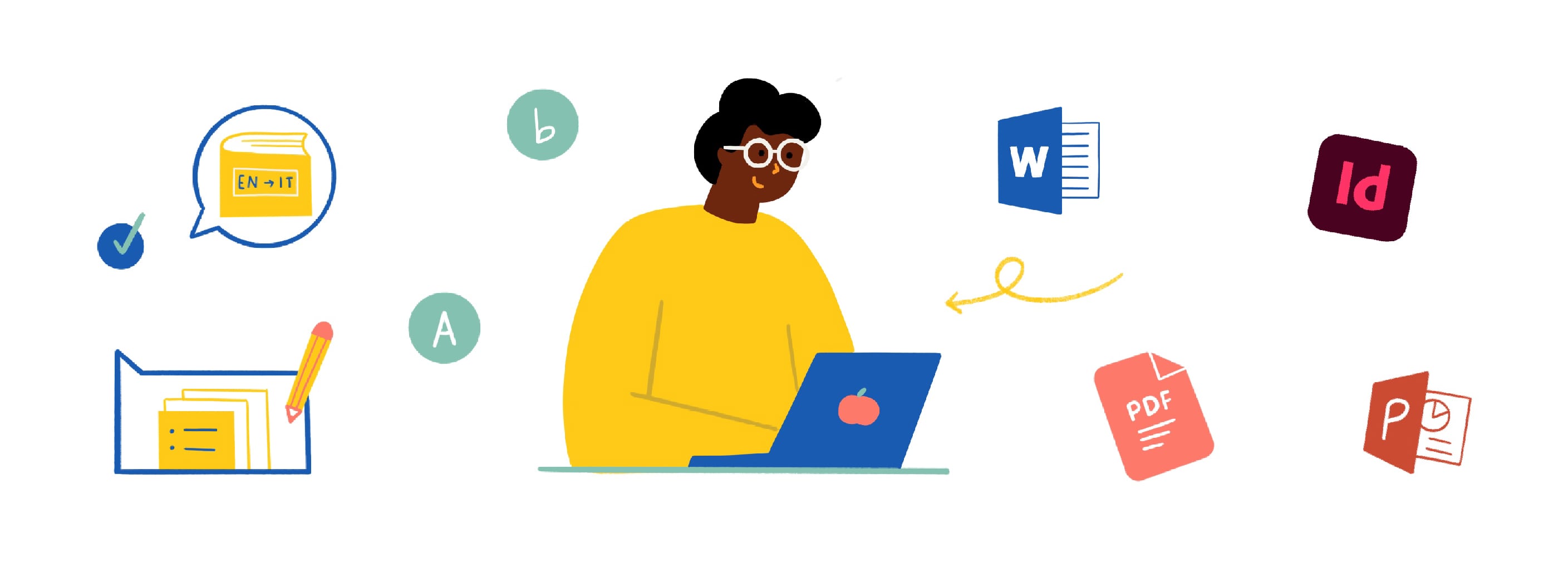
Each translation software tool offers a different range of supported file types. If you're looking to localize your website or mobile app for a global audience, there are specific companies like Lingohub that specializes in that.
On the other hand, if you translate mostly documents like catalogs, brochures, and banners, you need to ensure that the translation software tool supports the file formats you use to create those documents.
The Bottom Line:
Always check the supported file formats of a translation software. For example, if you mostly use InDesign to create your documents, then you should be upload .idml or .indd files to the platform and start translating.
Other common file types are Word, Excel, and PowerPoint. PDF documents are also widely used but as we pointed out in this article, being able to translate them correctly using software would depend on several factors.
Further read - here are some detailed guides about translating: XML documents, subtitles, HTML files, FrameMaker files, and Articulate Rise 360 files.
6. Does the translation software provide reliable technical support?

If translating documents is part of your daily work routine, the best translation software must not only be a convenient tool but a reliable system. When technical issues occur, having a responsive and dedicated support team can really enhance your productivity and user experience.
Thus, before choosing the best translation tool for yourself, remember to consider the accessibility of its support team. Do they have live support? What is the coverage of said support? With some desktop translation software, this may be limited to certain aspects of the product, such as licensing, whereas free translation tools may not even have proper support teams.
The Bottom Line:
An ideal software support team should be able to guide you through procedures, updates, and everything in between.
They should also be timely and responsive so it's worth looking into the type of support a translation software tool offers. For example, does it offer chat support or email support?
A Practical and Downloadable List
Understanding your routines and project flow is the key to finding the right translation software. In fact, it's why we created this list of software with filters for different translation needs.
Here's a summary of the main questions we've explored in this article. You can send this to your team members to start a discussion about choosing the most suitable translation software:
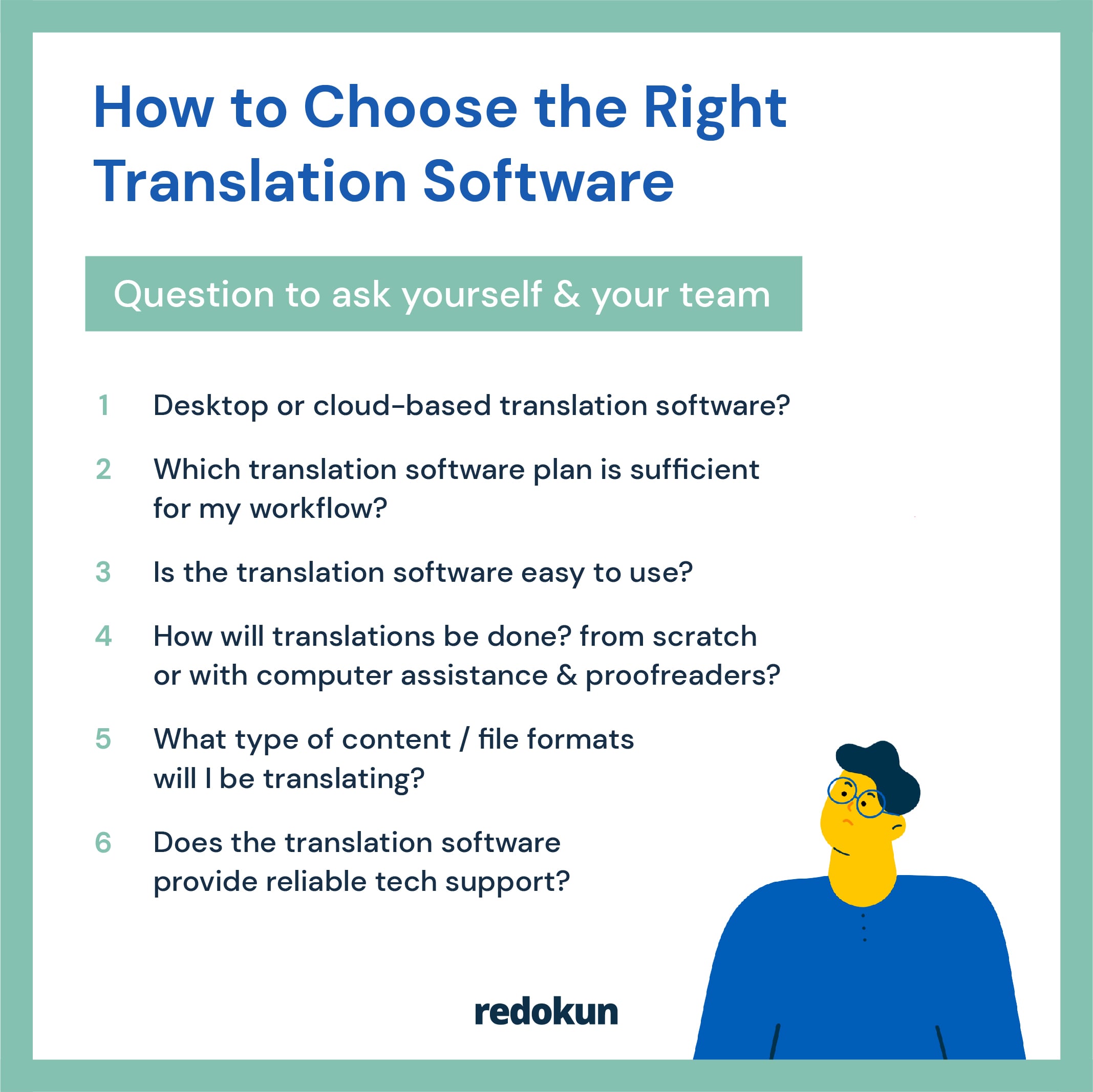
Is Redokun the right translation software for you?
Redokun is a centralized online platform to manage, translate, and collaborate. It's where you can easily start a project and bring together the team you need to make it a success.
Here are the top three reasons why people use Redokun to support their localization operations.
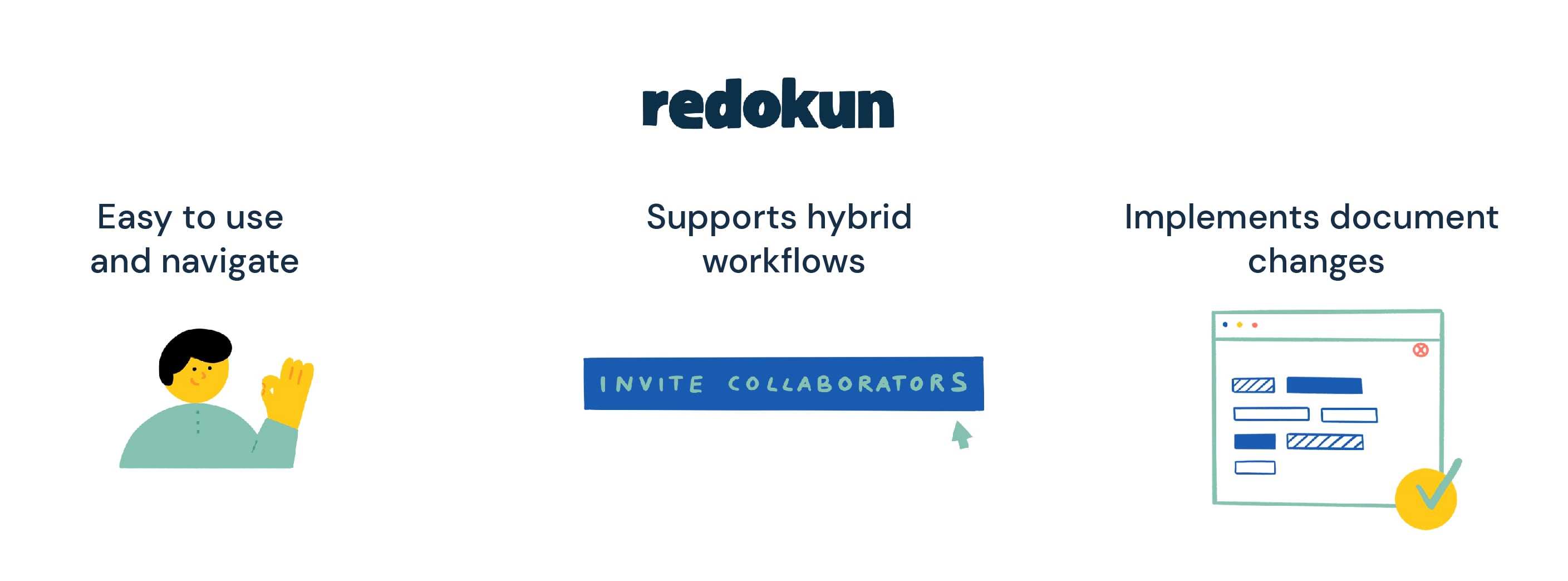
1. It's easy to use and navigate
Imagine a clean and simple interface where you can effortlessly find your documents and access all the essential computer-assisted translation tools. That's your Redokun workspace.
According to latest translation statistics, ease of use is the single most important feature translators want in translation software.
2. It supports hybrid workflows
You can instantly invite your in-house team members or external partners to work with you on Redokun - whether as translators, editors, or proofreaders. Design the workflow you need for each new project.
Even more, here is how to create a better translation workflow for your business.
3. It implements document changes with ease - no matter how last minute
Need to revise the contents of a document that's already being translated into multiple languages? You only need to upload the revised document in the source language and Redokun will notify each translator about new content to work on.
Of course, you can do so much more with Redokun but I believe experience is better than a thousand words from me. Click here if you'd like to start a free trial of Redokun today.
And as always...
Happy translating,
Shu Ni




